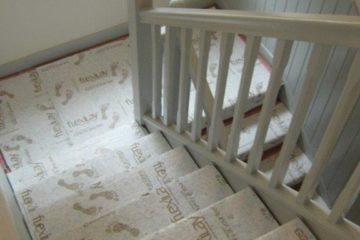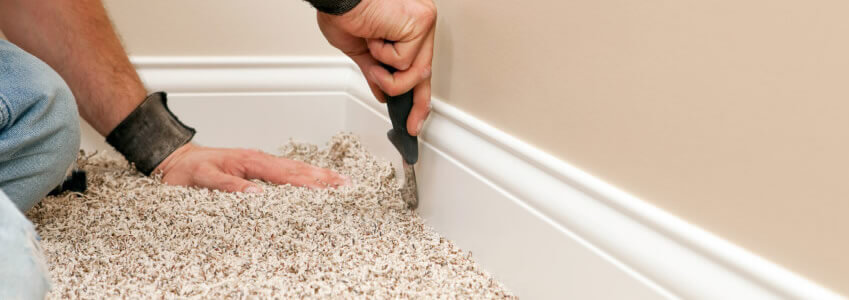Screed is the upper layer of the subfloor and allows creating a smooth and level surface of the floor before the floor finish is laid. It comes in a powder form, which is then mixed with either water or a Latex milk to create a liquid texture. This mixture can be adjusted to the environment the floor has to deal with, whether the floor is installed at home, in a shop or even in an industrial location facing heavy weights and busy traffic.
We recommend always applying screed to a floor that is going to be covered with vinyl or LVT (luxury vinyl tiles). The screed will form a smooth and mirror-like surface which enables the final floor covering to be installed correctly. Furthermore, the layer of screed creates a barrier between any potential contaminants on the subfloor that could affect the adhesive.
Thinking about an underfloor heating system? Screed is the ideal material to cover the pipes used for underfloor heating and retains the heat for longer providing a more economical and environmentally effective solution. The screed helps evenly transfers the heat from the pipes to the room and accelerates the heating process which will be very cost effective in the long run.
Covering your subfloor with screed is not very time consuming and will give you an amazing smooth floor. Firstly the floor is covered with a thin layer of primer which allows the screed to adhere correctly to the floor. The screed mixture is then poured onto the surface and levels itself out, which makes the installation very easy. 2 hours after installation of the screed the surface can be walked on and will be fully dried out in 24 hours when 3mm screed has been used. The composition and depth of the screed is crucial to determine the drying time.
Modern interior designs choose to have the screed as the final flooring to create an industrial style. This modern solution is more cost effective and gives your home an individual and minimalistic look. Another trend that is upcoming is the installation of soundproof screed that will create acoustic installation.


